 QUESTION:
QUESTION:
ROCO ANSWER:
Yes! We’ve been using the Mini-Tripod for many years in our tactical training, and it’s been in the Pararescue inventory since 2009 thanks to the Guardian Angel Technical Recovery Program. Every PJ team in the world has these tripods, and we were wondering whether there were any useful applications in industry. In response to this question, we commonly hear, “Why would I use that tiny tripod that requires special techniques to get a litter patient out of a hole if I can just bring the full-size version?” Valid point…until you work in a tray column.
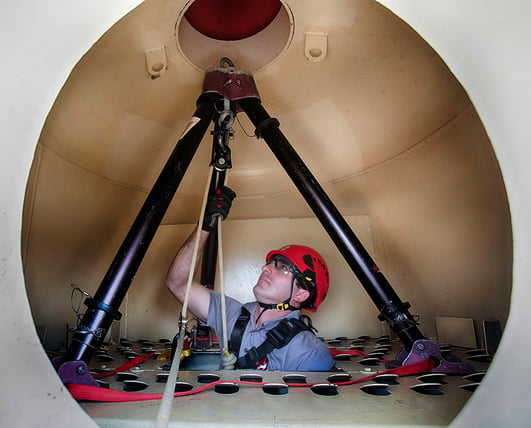
Roco Rescue’s Devin Payne evaluates the Skedco/Roco Mini-Tripod inside a tray column. This training prop has engineered anchors and a top portal, but many tray columns have neither. |
Configurations vary, and some of these spaces do have interior high points or topside openings. However, many do not. Maneuvering a patient up through the trays and out a side portal, can be a significant challenge without a high-point anchor. In fact, we practiced this exact scenario last month during a 4-day in-house workshop. We had nine of our experienced personnel from our Training, CSRT, and Tactical divisions perform multiple iterations of the scenario, with and without high points. Afterwards, we introduced the Mini-Tripod to the equipment cache – and, boy, was it a hit!
The Mini-Tripod is small enough to fit inside the tray column on the top tray. No other rescue tripod on the market has this capability. Our CSRT Director immediately reserved the tactical program’s tripod and assigned it to a tray column job starting the following week! The Mini-Tripod weighs 35 pounds and the height is 54”. (This is the measurement to the bottom of the head when fully extended where you clip a carabiner, not the top.) These handy little tools will soon become standard on these jobs.
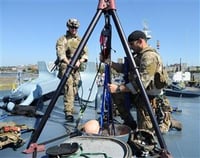 Additional Resources
Additional Resources

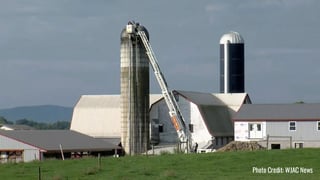 In Centre County, PA, three family members died in a grain silo incident. A father, age 47, and his sons ages 14 and 19 all died after becoming trapped inside a silo. The family members reportedly died from asphyxiation due to gasses in the silo. Neighbors said it was a ripple effect with one going in to help the next when they all eventually succumbed to the hazardous atmosphere inside the space.
In Centre County, PA, three family members died in a grain silo incident. A father, age 47, and his sons ages 14 and 19 all died after becoming trapped inside a silo. The family members reportedly died from asphyxiation due to gasses in the silo. Neighbors said it was a ripple effect with one going in to help the next when they all eventually succumbed to the hazardous atmosphere inside the space.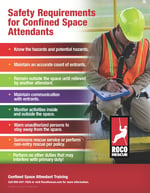
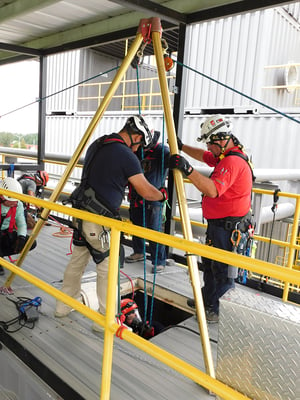
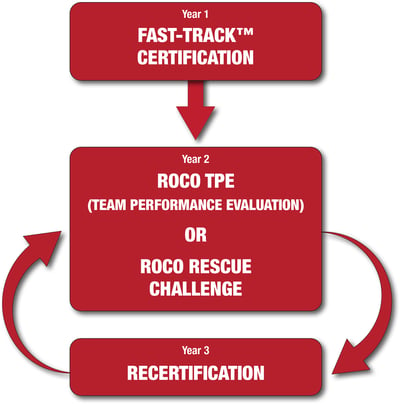 Conclusion
Conclusion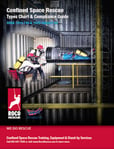
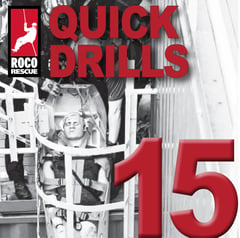
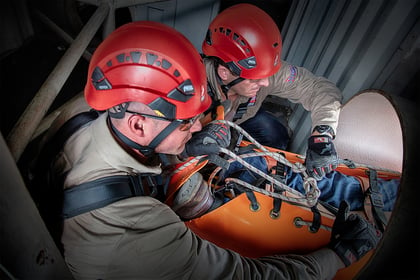 If entering permit-required confined spaces is performed at your worksite, then this is a question you absolutely should be asking yourself. And if you are, that is a good thing; it implies knowledge of OSHA’s requirement that an organization must provide for the safety of their personnel working in confined spaces.
If entering permit-required confined spaces is performed at your worksite, then this is a question you absolutely should be asking yourself. And if you are, that is a good thing; it implies knowledge of OSHA’s requirement that an organization must provide for the safety of their personnel working in confined spaces.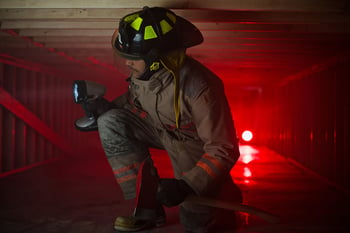 Upon learning that using local emergency services is potentially an allowable confined space rescue option, many organizations see this as the easy choice and quickly check that box. They are thrilled that they are not having to spend any money or devote any personnel to the task. These entities may also secretly wonder what all the hubbub is about regarding confined space rescue, but they very well may learn the hard way should an incident occur.
Upon learning that using local emergency services is potentially an allowable confined space rescue option, many organizations see this as the easy choice and quickly check that box. They are thrilled that they are not having to spend any money or devote any personnel to the task. These entities may also secretly wonder what all the hubbub is about regarding confined space rescue, but they very well may learn the hard way should an incident occur.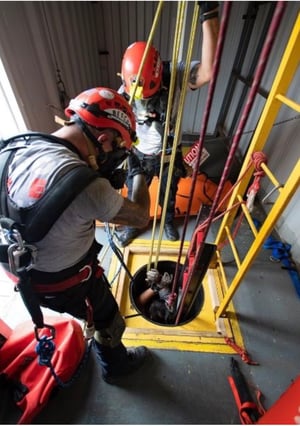 When contemplating the utilization of in-house teams, it is important to note the composition of most. It is the rare organization that staffs personnel whose sole job it is to provide confined space rescue and standby services. Most in-house teams consist of personnel who have other jobs, e.g., operators, engineers, maintenance persons, etc., who are trained to provide rescue and thus called out for standbys or actual emergencies.
When contemplating the utilization of in-house teams, it is important to note the composition of most. It is the rare organization that staffs personnel whose sole job it is to provide confined space rescue and standby services. Most in-house teams consist of personnel who have other jobs, e.g., operators, engineers, maintenance persons, etc., who are trained to provide rescue and thus called out for standbys or actual emergencies.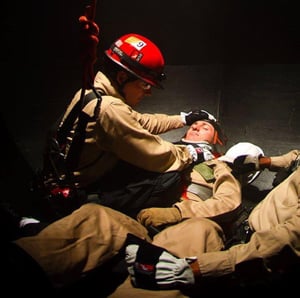 This brings us to the third option—contracted rescue services. If an organization infrequently performs permit-required entries, this option makes good sense. And it can be a far less expensive option than training, staffing, and equipping an in-house team.
This brings us to the third option—contracted rescue services. If an organization infrequently performs permit-required entries, this option makes good sense. And it can be a far less expensive option than training, staffing, and equipping an in-house team.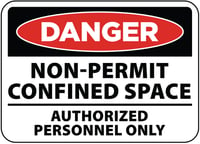 Regardless of which option you choose for confined space rescue services, it is important that you do it right. If you are contracting out the provision of rescue, you are obligated to thoroughly investigate the provider’s credentials and client references. You can be assured that when an accident happens, OSHA will perform a forensic review of your documentation and your policies, as well as those of your rescue service. If you have skipped a step or only addressed them in cursory fashion, OSHA will discover it and potentially issue citations and fines. But one should never lose sight of the fact that the real loser in this scenario is the employee who receives poor or delayed care during the emergency.
Regardless of which option you choose for confined space rescue services, it is important that you do it right. If you are contracting out the provision of rescue, you are obligated to thoroughly investigate the provider’s credentials and client references. You can be assured that when an accident happens, OSHA will perform a forensic review of your documentation and your policies, as well as those of your rescue service. If you have skipped a step or only addressed them in cursory fashion, OSHA will discover it and potentially issue citations and fines. But one should never lose sight of the fact that the real loser in this scenario is the employee who receives poor or delayed care during the emergency.


